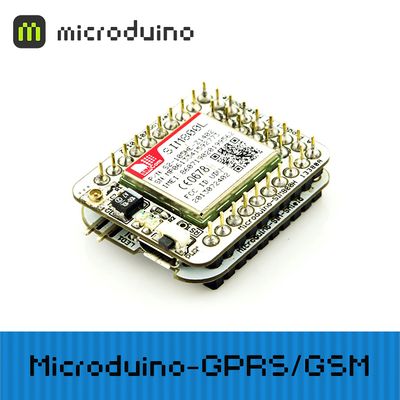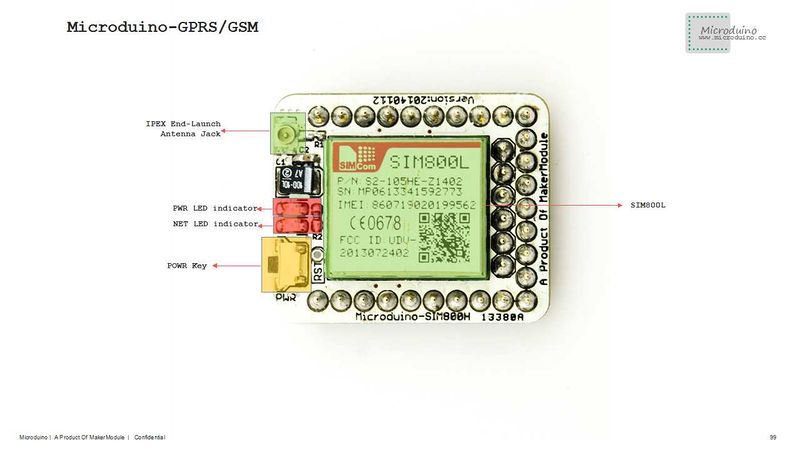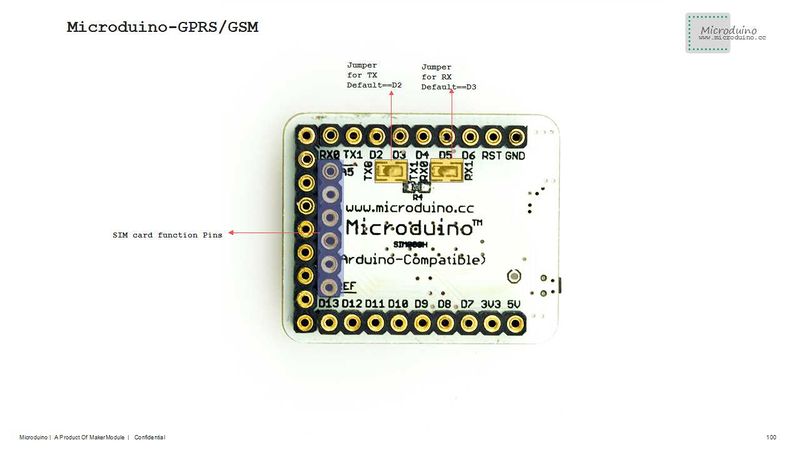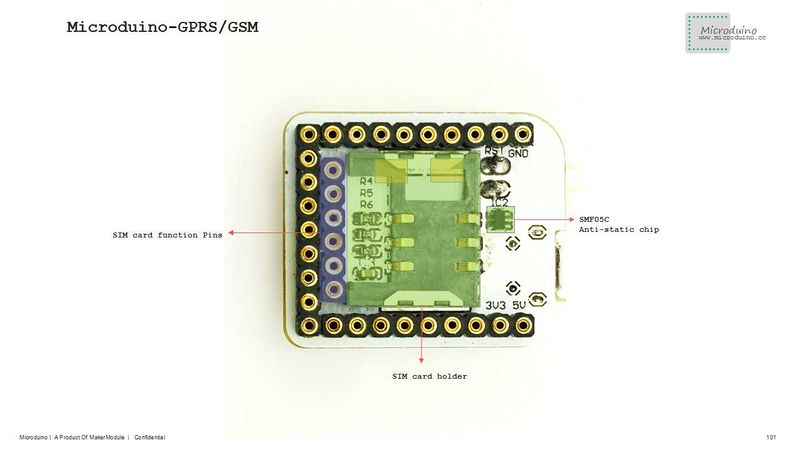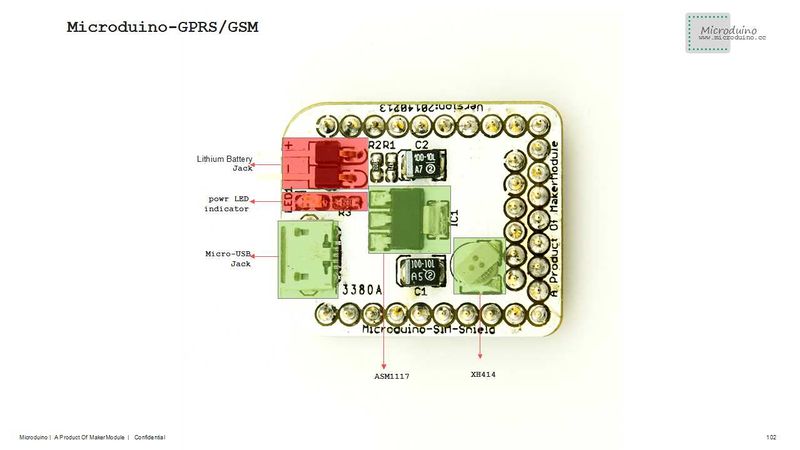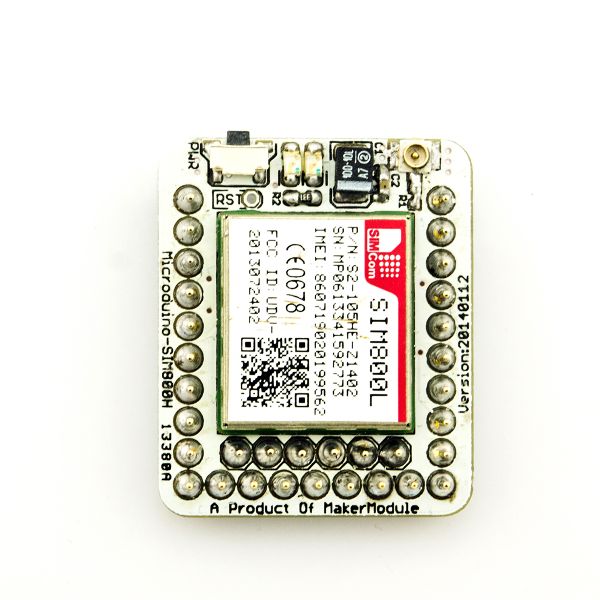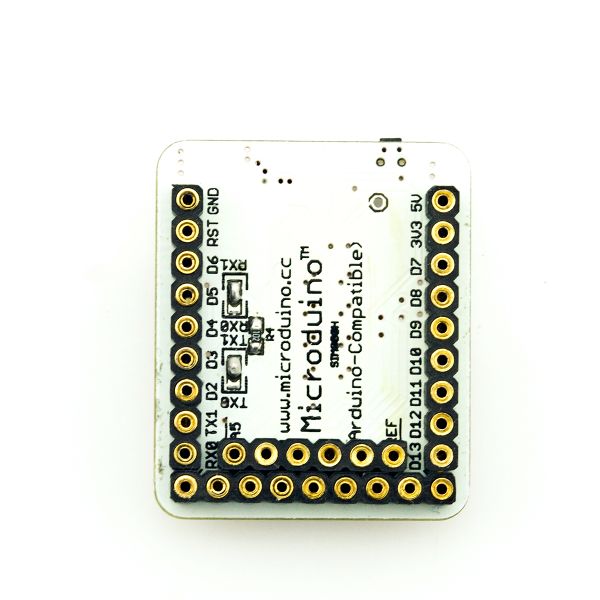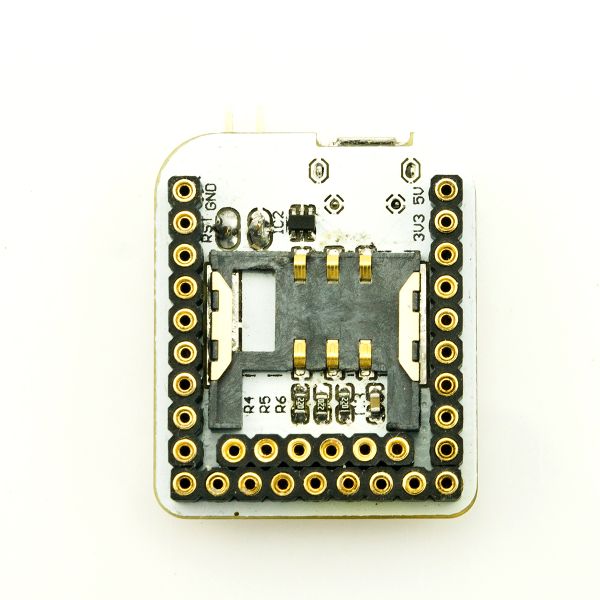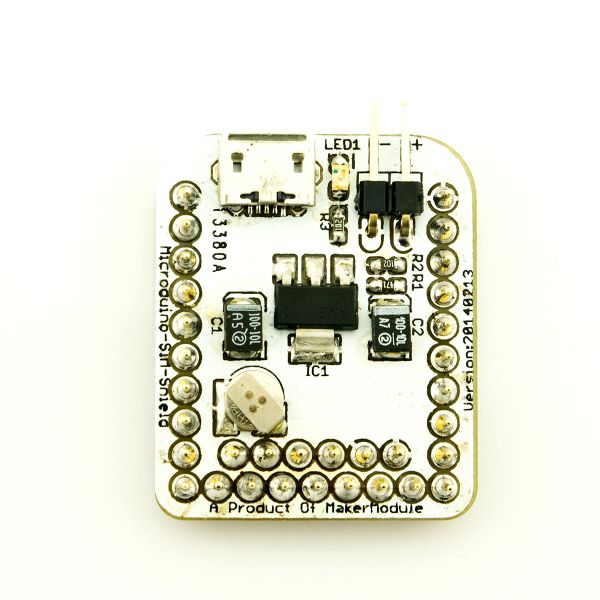Difference between revisions of "Microduino-GPRS/GSM"
(→Debugging) |
|||
| Line 29: | Line 29: | ||
**Build-in TCP/IP protocol; | **Build-in TCP/IP protocol; | ||
**Encoding format:CS-1, CS-2, CS-3 and CS-4; | **Encoding format:CS-1, CS-2, CS-3 and CS-4; | ||
| − | **Support Unstructured Supplementary Service Data(USSD) | + | **Support Unstructured Supplementary Service Data (USSD) |
*Serial debugging | *Serial debugging | ||
| Line 35: | Line 35: | ||
**Support the serial port multiplexing function complying with GSM 07.10 protocol; | **Support the serial port multiplexing function complying with GSM 07.10 protocol; | ||
| − | *Two Main | + | *Two Main Components: |
**SIM800L module | **SIM800L module | ||
[[file:Microduino-SIM800L-Pinout1.jpg|800px|thumb|center|Microduino-SIM800L-Pinout]] | [[file:Microduino-SIM800L-Pinout1.jpg|800px|thumb|center|Microduino-SIM800L-Pinout]] | ||
| Line 45: | Line 45: | ||
==Document== | ==Document== | ||
*Eagle PCB: '''[[File:Microduino-GSM.zip]]''' | *Eagle PCB: '''[[File:Microduino-GSM.zip]]''' | ||
| − | * Microduino-GSM | + | * Microduino-GSM module SIM800L:'''[[File:SIM800L.pdf]]''' |
*SIM car power supply and the card base:'''[[File:SIM800L.pdf]]''' | *SIM car power supply and the card base:'''[[File:SIM800L.pdf]]''' | ||
| Line 54: | Line 54: | ||
==Application== | ==Application== | ||
| − | + | Send short messages using the example program. | |
===Preparation=== | ===Preparation=== | ||
*Hardware:Microduino FT232R, Microduino Core, Microduino GSM, USB cable or lithium battery; | *Hardware:Microduino FT232R, Microduino Core, Microduino GSM, USB cable or lithium battery; | ||
*Software: GSM library, Arduino IDE (version 1.0.3 and higher); | *Software: GSM library, Arduino IDE (version 1.0.3 and higher); | ||
| − | * | + | *Uncompressed the zip folder to libraries of Arduino IDE; |
*Connect the Microduino FT232R and PC using USB cable to download program and monitor the serial port; | *Connect the Microduino FT232R and PC using USB cable to download program and monitor the serial port; | ||
*USB cable or li-ion battery to charge the Microduino GSM module and press the power button for a long time to activate Microduino GSM for about 4 seconds. That the power-on indicator goes on shows a successful start. | *USB cable or li-ion battery to charge the Microduino GSM module and press the power button for a long time to activate Microduino GSM for about 4 seconds. That the power-on indicator goes on shows a successful start. | ||
| Line 65: | Line 65: | ||
*Download the test program: | *Download the test program: | ||
https://github.com/Microduino/Microduino_Tutorials/commit/25a821ba8894fb02d4b1560c9912450cc353b875 | https://github.com/Microduino/Microduino_Tutorials/commit/25a821ba8894fb02d4b1560c9912450cc353b875 | ||
| − | *Open the test program, you need double check the following parameter: | + | *Open the test program, and then you need double check the following parameter: |
**“#define NUM "13667928xxx"”:Need change to the number that receive message. | **“#define NUM "13667928xxx"”:Need change to the number that receive message. | ||
| − | **“#define SMS_CEN "13010720xxx"”:Your message center for you own mobile phone number, you can find it in your phone. It isn't the | + | **“#define SMS_CEN "13010720xxx"”:Your message center for you own mobile phone number, you can find it in your phone. It isn't the necessary. If hit an issue during send a message, you can try it. |
| − | *Compile the program, select the | + | *Compile the program, select the board type "Microduino Core+ (Atmega644P@16M,5V)", download directly: |
*Open the serial monitor, set the baud rate is 9600: | *Open the serial monitor, set the baud rate is 9600: | ||
**Input "t", to send the message "wiki.microduino.cc"; | **Input "t", to send the message "wiki.microduino.cc"; | ||
**Input "d", you can make a call, but can't finish a normal call, because no the speaker and microphone; | **Input "d", you can make a call, but can't finish a normal call, because no the speaker and microphone; | ||
**Input "h", you can submit a HTTP request to get some data from network; | **Input "h", you can submit a HTTP request to get some data from network; | ||
| − | **Input "s", you can send the sensor data to | + | **Input "s", you can send the sensor data to network. |
*如果你使用Microduino Core调试,你需要用到软串口(TX1,RX1) | *如果你使用Microduino Core调试,你需要用到软串口(TX1,RX1) | ||
| − | *If you use the Microduino | + | *If you use the Microduino Core to debug, must use the Software Serail (TX1,RX1) |
| − | **Use the | + | **Use the Software Serial library |
<source lang="cpp"> | <source lang="cpp"> | ||
#include <SoftwareSerial.h> | #include <SoftwareSerial.h> | ||
| Line 85: | Line 85: | ||
**Change the Serial1 to mySerial, it should be ok。 | **Change the Serial1 to mySerial, it should be ok。 | ||
| − | *If you use the Microduino CoreUSB to debug, you only need to change the | + | *If you use the Microduino CoreUSB to debug, you only need to change the serial to serial 0 (TX0,RX0). |
[[file:Microduino-SIM800L-Pinout2.jpg|800px|thumb|center|Microduino-SIM800L-Pinout]] | [[file:Microduino-SIM800L-Pinout2.jpg|800px|thumb|center|Microduino-SIM800L-Pinout]] | ||
Revision as of 06:41, 12 August 2014
| Language: | English • 中文 |
|---|
|
Microduino-GPRS/GSM module can get Microduino core board connected to the internet and achieve the function of sending and receiving messages when it is just inserted with a SIM card and follows some simple instructions. ContentsFeatures
SpecificationsAdopt SIM800L module to support four-band GSM/GPRS, whose working band is:GSM850, EGSM900, DCS1800 and PCS1900MHz.
Document
DevelopmentYou can use GSM library to test, https://github.com/Microduino/Microduino_Tutorials/tree/master/Microduino_Libraries/_03_Microduino_GSM_SIM800L Note:This library only supports Microduino-core. ApplicationSend short messages using the example program. Preparation
Debugging
https://github.com/Microduino/Microduino_Tutorials/commit/25a821ba8894fb02d4b1560c9912450cc353b875
#include <SoftwareSerial.h>
SoftwareSerial mySerial(2, 3); // RX, TX
FQA
BM module can power on the Core module and other module, such as 10DOF, but don't suggest to power GPRS/GSM module, because it is a big power consumption module. PurchaseHistoryPictureVideo |
